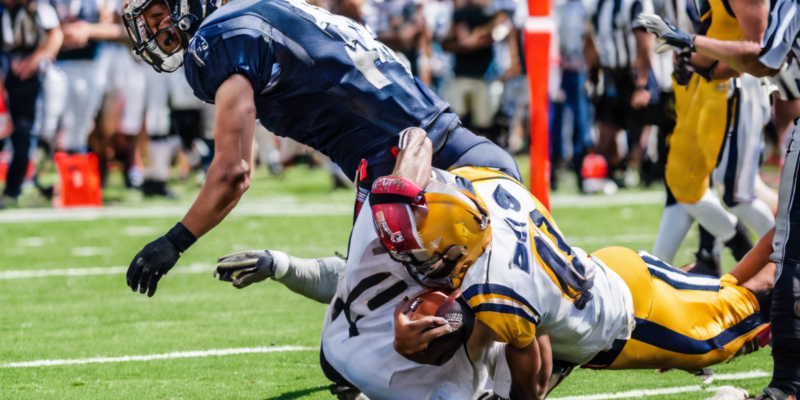In the high-paced world of American football, the NFL continuously evolves with new strategies, plays, and tactics. One essential aspect of the game that often flies under the radar is what teams do after scoring a touchdown. While the extra point attempt may seem routine, teams can opt for more strategic approaches that can impact the outcome of the game significantly. In this article, we will delve deep into the various post-touchdown attempt strategies that NFL teams employ and how these decisions can influence the game’s overall outcome.
The Traditional Extra Point Attempt
The most common post-touchdown attempt in the NFL is the extra point. After scoring a touchdown, teams have the option to kick an extra point by sending their placekicker on the field to attempt a 33-yard kick (15-yard extra point attempt). This has been the conventional approach for decades, with teams typically opting for the safer play to secure the additional point on the scoreboard.
Two-Point Conversion
In recent years, more teams have been utilizing the two-point conversion strategy after scoring a touchdown. Instead of kicking an extra point, teams can choose to attempt a two-point conversion by running or passing the ball into the end zone from the two-yard line. This approach awards the team two points if successful but leaves them with zero points if they fail, unlike the one point from an extra point kick.
Going for Two: The Analytics Perspective
Analytically driven NFL coaches have started to embrace the two-point conversion strategy more than ever before. By analyzing data and statistics, many coaches now believe that attempting a two-point conversion offers a higher expected value compared to the traditional extra point attempt. Factors such as team success rate, opponent’s defense, and game situation play a crucial role in determining when to go for two.
Risk vs. Reward
The decision to go for a two-point conversion or stick with the extra point attempt boils down to risk vs. reward. While a successful two-point conversion can provide an extra point and potentially shift the momentum in a team’s favor, a failed attempt can leave them with no additional points and potentially put them at a disadvantage. Coaches must carefully weigh these factors when deciding on the post-touchdown strategy.
Fake Extra Point Kick
Another intriguing post-touchdown attempt strategy is the fake extra point kick. This unconventional play involves the holder or kicker faking the kick and attempting to run or throw the ball for a two-point conversion. While risky, a well-executed fake can catch the opposing team off guard and lead to a successful two-point conversion.
Frequently Asked Questions (FAQs)
Q: When did the two-point conversion rule come into effect in the NFL?
A: The two-point conversion rule was introduced to the NFL in 1994.
Q: Which team holds the record for the most successful two-point conversions in a season?
A: The Denver Broncos set the record for the most successful two-point conversions in a single season with 6 in 1996.
Q: What is the success rate of two-point conversions in the NFL?
A: The average success rate of two-point conversions in the NFL hovers around 50%.
Q: How does weather affect the decision to go for a two-point conversion?
A: Inclement weather conditions, such as strong winds or heavy rain, may influence coaches to opt for a traditional extra point attempt rather than risk a two-point conversion.
Q: Are there specific offensive formations that teams use for two-point conversion attempts?
A: Teams often employ unique offensive formations tailored for two-point conversion attempts, utilizing spread formations, motion, and misdirection plays to confuse the defense.
In conclusion, the post-touchdown attempt strategies in the NFL continue to evolve, with teams becoming more strategic in their decision-making process. Whether opting for the traditional extra point kick, the high-risk high-reward two-point conversion, or a creative fake attempt, coaches must assess various factors to make the best choice for their team. As analytics play a more significant role in NFL decision-making, we can expect to see even more innovative post-touchdown strategies emerge in the future.

Comments